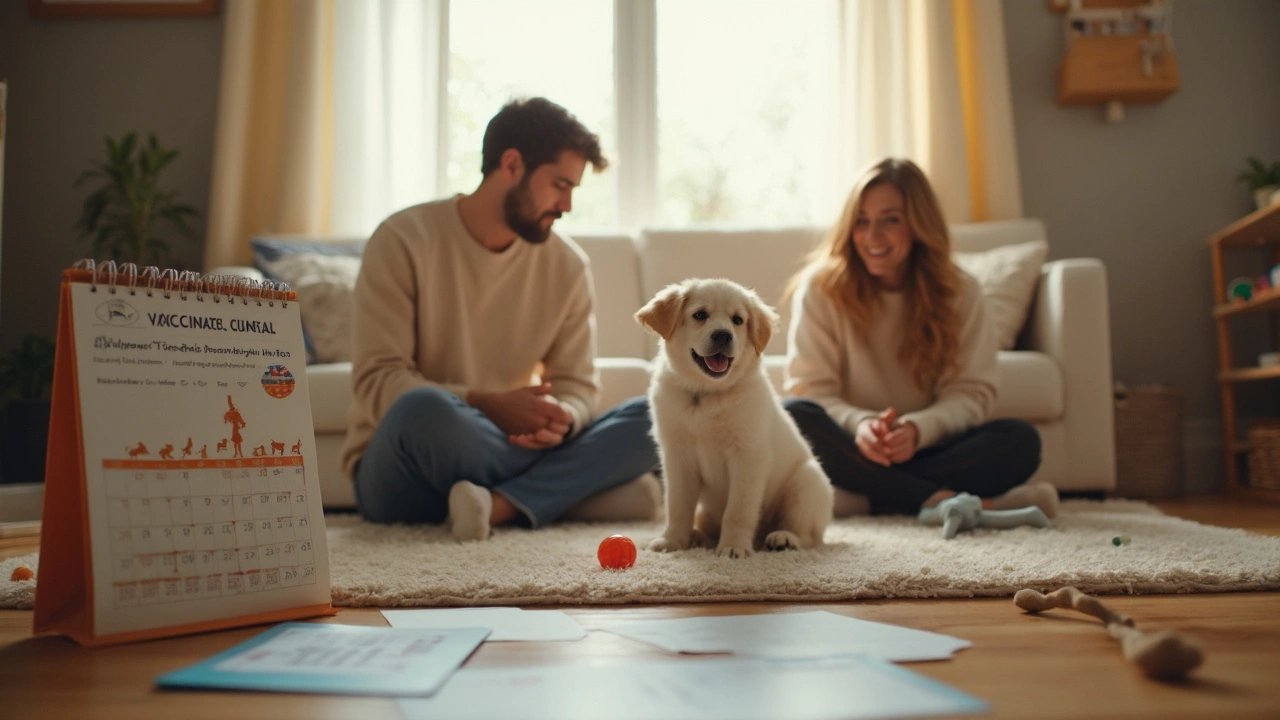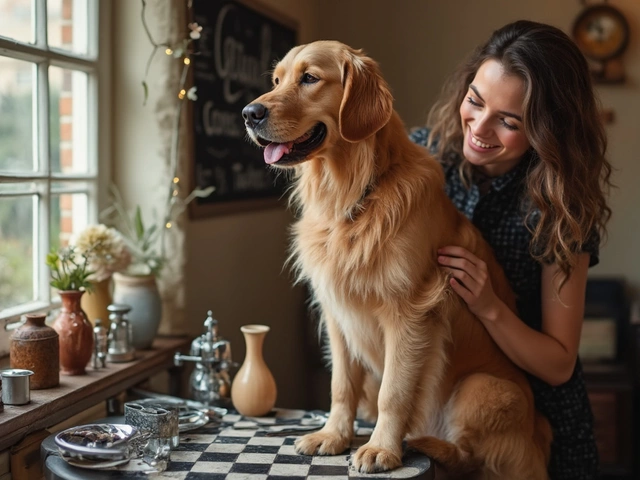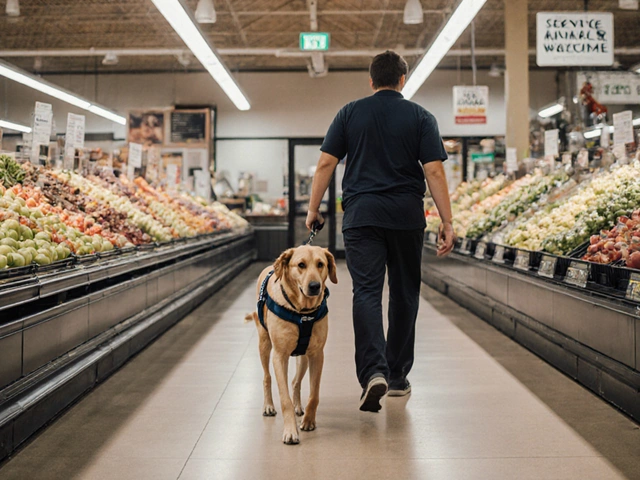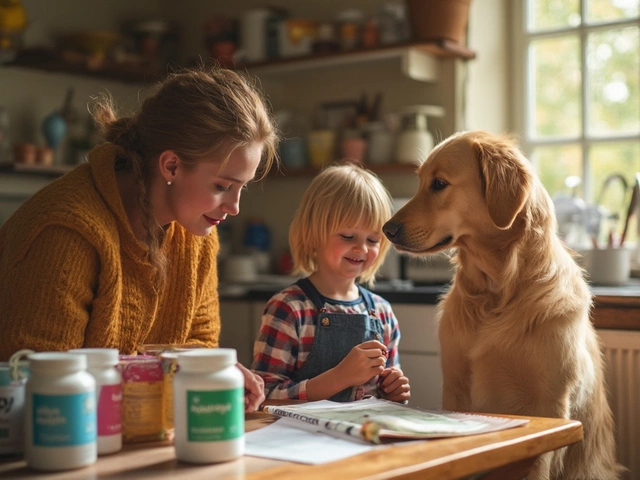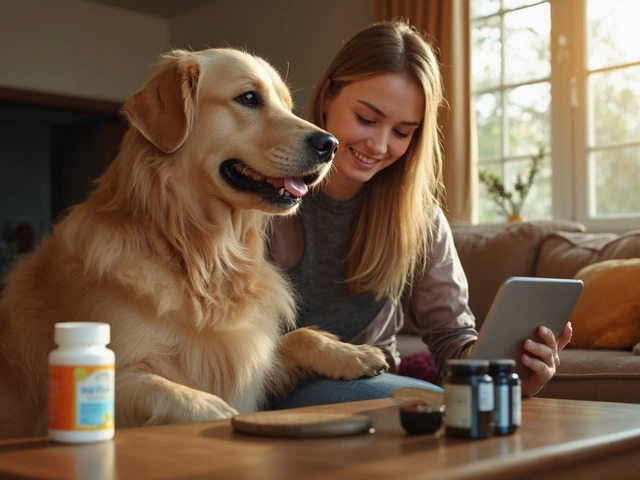Imagine this: You bring home a tiny, wobbly puppy with eyes full of trust—and a tummy full of who-knows-what from the breeder’s backyard. The stakes are high, but the truth is, many dangerous diseases are just around the corner. Some viruses can survive for months in the soil or lurk on that dog park bench. What really stands between your happy puppy and a trip to the emergency vet? It’s vaccination, plain and simple. This isn’t an “old school” ritual—it’s basic puppy care that literally saves lives every day.
The Core Puppy Shots: What, When, and Why
First things first: not all puppy shots are created equal. There are “core” vaccines every puppy needs, and others that depend on where you live or what’s going on in your pup’s life. The three core vaccines are for Distemper, Parvovirus, and Hepatitis (often bundled as DHPP), plus Rabies. Why these? Because they’re deadly, common, and sometimes even contagious to humans or other animals. A study in 2022 found that over 80% of severe parvo cases in puppies under six months happened to unvaccinated or partially vaccinated pups. Sobering, right?
Here’s a simple breakdown of the core shots your puppy needs and when:
| Vaccine | First Dose Age | Boosters | Why it Matters |
|---|---|---|---|
| DHPP (Distemper, Hepatitis, Parvovirus, Parainfluenza) | 6-8 weeks | Every 3-4 weeks until 16 weeks; booster at 1 year then every 3 years | Protects from fatal viruses that attack organs, brain, or GI tract |
| Rabies | 12-16 weeks | Booster at 1 year, then every 1-3 years by law | Prevents rabies; required by law, fatal to dogs and humans |
Most vets recommend starting the DHPP vaccine around six to eight weeks of age. If you found your puppy younger than that (like if it was orphaned or rescued early), your vet may recommend a tailored plan. The reason for repeat boosters is simple: the immune system of a young puppy isn’t fully developed. Plus, antibodies from mom’s milk can actually block the vaccine from sticking—so we give several shots to make sure one ‘sticks’ at the perfect time.
Rabies is a legal must-have in many places. It’s not just bureaucracy; this disease is almost 100% fatal. And, horrifyingly, a tiny scratch or lick from an infected puppy could put a human life at risk. Worldwide, about 59,000 people die from rabies every year. If you ever plan to travel, cross state lines, or board your dog, you absolutely need those rabies records.
Puppies adopted from a shelter? Double-check their paperwork. Sometimes those first shots were given at the very edge of the right window. Your own vet may want to restart the series just to play it safe. It’s better to double-up a vaccine than risk an unprotected window. If you find vet visits stressful for your puppy, try bringing treats or a favorite squeaky toy—many clinics have fear-free tips for a positive experience.
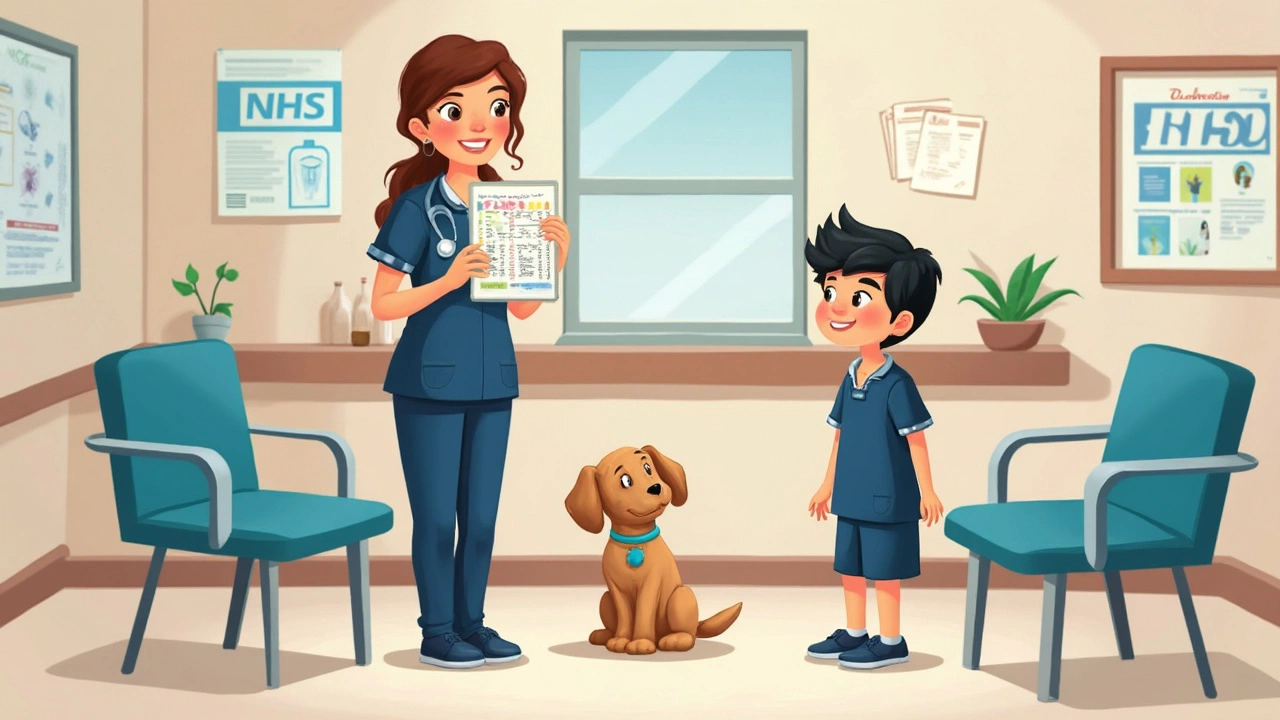
Non-Core and Lifestyle Vaccines: What Else to Consider
Not every dog needs every shot on the menu. After core vaccines, “lifestyle” vaccines protect against diseases your puppy is likely to encounter in your area or through your activities. Here’s the scoop on the ones you’ll hear about most:
- Bordetella (kennel cough): Required for pups in obedience classes, doggy daycare, grooming or boarding. The classic cause of the “honking” dog cough. It’s rarely deadly, but wildly contagious. Often given as drops in the nose, making it fast and easy.
- Leptospirosis: Can be deadly and transmitted to people. It’s more common in places with standing water, wildlife, or farm animals. If your pup loves puddles or sniffing where rats or raccoons might roam, this one is worth considering.
- Lyme Disease: Only a huge risk if you live where ticks are rampant (places like the northeast U.S., Midwest, or certain forested regions). If you hike or camp a lot, talk with your vet—it’s not routine everywhere.
- Canine Influenza: It spreads like a very contagious doggy flu. Outbreaks tend to pop up every few years, especially in urban areas. Some facilities require proof if an outbreak is reported.
- Coronavirus (not the same as COVID-19): Most puppies get mild cases, but some breeders or regions push for this extra. It’s usually not as critical as the big three core vaccines.
Some shots, like Bordetella and Canine Influenza, aren’t “one and done.” They often need yearly updates, sometimes even more often if your puppy is a social butterfly. If your vet mentions ‘titers,’ that means blood tests that measure immunity levels—handy if you want to avoid over-vaccination, but for puppies those tests aren’t as reliable as for adults.
A 2023 study out of the University of Georgia found that dogs in multi-pet households were 2.7 times more likely to catch kennel cough if unvaccinated. Daycares and groomers usually check vaccination records, but neighbor dogs or a quick stop at the dog park can be just as risky.
Not sure if your area is high-risk for any of these? Your local vet or shelter is the best source—they actually track cases and outbreaks in your community. Ask about any vaccinations recommended by state or city law too—a few counties have unique rules, especially after animal control worries.
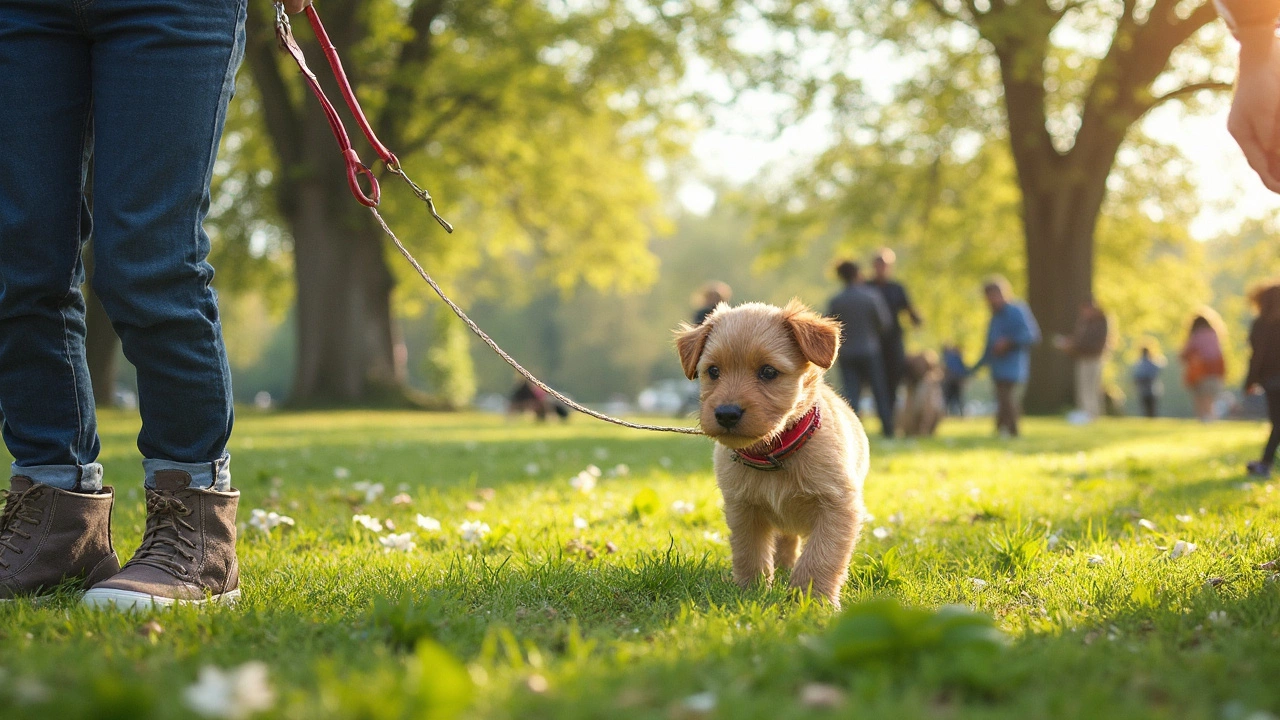
Puppy Vaccine Schedule and Practical Tips
If all the dates and letters make your head spin, you’re not alone. Here’s a bite-sized schedule for that first year. Keep in mind, it can shift if your puppy is ill, underweight, or has a special background, so trust your vet’s tweaks.
| Age | Vaccines Given | Notes |
|---|---|---|
| 6–8 weeks | DHPP (1st dose) | Only if puppy is healthy and old enough |
| 10–12 weeks | DHPP (2nd), +/- Leptospirosis, Bordetella | Add non-core if risk factors exist |
| 14–16 weeks | DHPP (final puppy dose), Rabies | Critical deadline! Waiting past 16 weeks risks a gap |
| 12 months | DHPP, Rabies boosters | Now do these every 1-3 years as advised |
- Do not mix up the schedule or skip boosters unless your vet says so. Missing the last “puppy” DHPP dose after 16 weeks is a main reason for adult dogs with parvo or distemper later.
- If you adopted a rescue, ask for paperwork—even a handwritten card helps. Your vet can help fill in gaps.
- Wait at least a week after the final set before heading to dog parks or puppy socials. Immunity isn’t instant—it takes time for those shots to fully kick in.
- Watch for side effects, but they’re pretty rare. Mild soreness or sleepiness is normal. A real emergency would be swelling, facial puffiness, or collapse—call your vet right away if you see those.
- Keep a paper or digital record, as you’ll need proof for trainers, groomers, or travel. Scan and save a copy somewhere you can access it on your phone.
- Don’t forget parasite protection. Puppies can pick up worms even as they nurse, so deworming is often done alongside vaccines. Ask for a stool check at each round.
- If you’re worried about over-vaccinating, chat with your vet—modern protocols are designed to minimize stress on your puppy’s immune system while still providing real, tested protection.
One easy mistake? Trusting the memory of a seller or friend about what vaccines a puppy already got. Always see written proof, or play it safe and start the series fresh—vaccines are cheap compared to a hospital bill for parvo or distemper. Skip bargain pop-up clinics unless you know they use USDA-approved vaccines and keep proper records—a sub-par shot is no better than none at all.
Curious why booster shots matter so much? After each dose, the immune system’s “memory” cells are trained a bit more. Think of each round as a rehearsal. By the time that last puppy dose is given, your dog’s body is ready to fight off invaders for years, not weeks.
If your puppy is a unique case—super tiny breeds, health issues, or a rough start in life—don’t be shy about sharing every detail at your first vet visit. Adjustments to the schedule can keep your little one extra safe.
Next time you hear someone downplay puppy shots or talk about “over-vaccination,” remember: We vaccinate not just to protect our own pets, but to break the chain of deadly diseases in whole communities. There’s no sweeter reward than watching your healthy, bouncy puppy paw the grass, blissfully protected by science we've learned the hard way.
